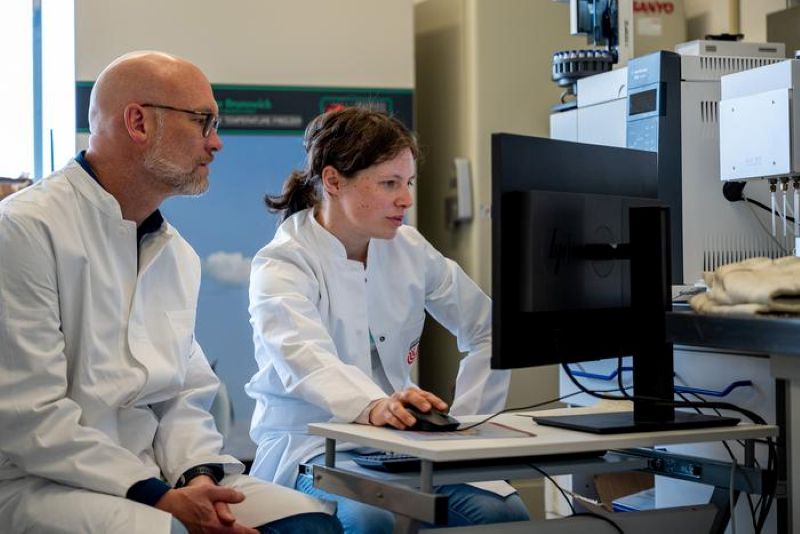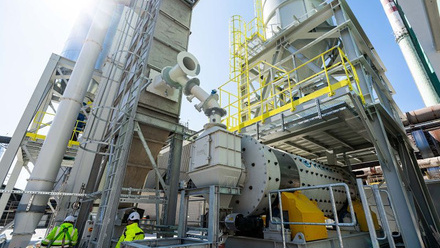Rising temperatures release carbon from soils
Studies of soil from the Nile Delta has unearthed accelerating carbon release with rising temperatures.

A team at MARUM - Center for Marine Environmental Sciences, University of Bremen, Germany, analysed the age of land-derived organic matter that was transported from soils from the Nile to the Mediterranean and deposited near the river mouth.
The Nile transports material from a huge area in the subtropical to tropical regions of north-east Africa to the eastern Mediterranean.
The samples for the study come from a coastal marine sediment core, in which age evidence of many thousands of years has been deposited.
Carbon uptake and release by soils constitutes a strong regulator of atmospheric concentrations of carbon dioxide (CO2), as it stores twice the amount of carbon as the atmosphere.
Studies have already highlighted the importance of permafrost regions, where rising temperatures lead to carbon release from previously frozen soils.
However, large amounts of organic carbon are also stored in soils in subtropical and tropical regions. In these regions, it was previously unclear what the main factor was for a change in the carbon turnover rate.
The results have surprised the researchers. They report the ages of the land carbon changed only slightly with changes in precipitation and the associated changes in runoff, but reacted strongly to changes in temperature.
In addition, the change in ages due to the temperature increase after the last Ice Age was significantly greater than expected. Meaning the post-glacial warming drastically accelerated the decomposition of organic matter by microorganisms in soils, and caused a much stronger outgassing of CO2 from (sub-)tropical soils than predicted by carbon cycle models.
However, this effect not only contributed to the increase in atmospheric CO2 concentration at the end of the last Ice Age, but also has far-reaching consequences. The carbon turnover in soils will accelerate with further global warming and could further increase the atmospheric CO2 concentration, via a previously underestimated feedback.
'The age of the organic material delivered by the Nile essentially depends on two factors: how long it was in the soils, and how long it took to be transported in the river. The advantage of our approach is that long timescales can be investigated, in this case, the last 18,000 years since the last Ice Age,' says Dr. Enno Schefuß, from MARUM.
Co-author Dr. Peter Köhler from AWI Bremerhaven says, 'The fact that the models underestimate carbon release from soils so strongly shows us that we need to revise the sensitivity of soil carbon in our models.'






